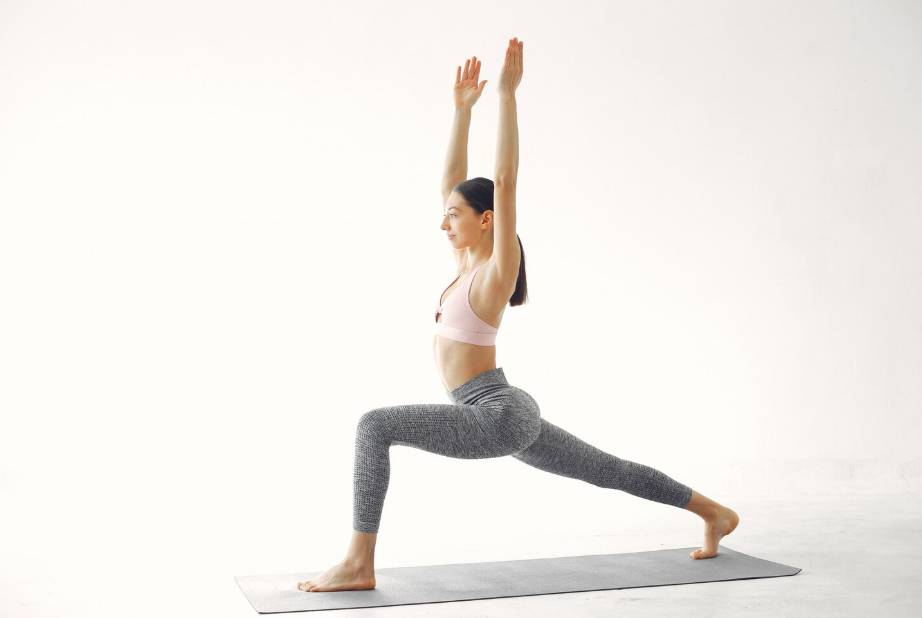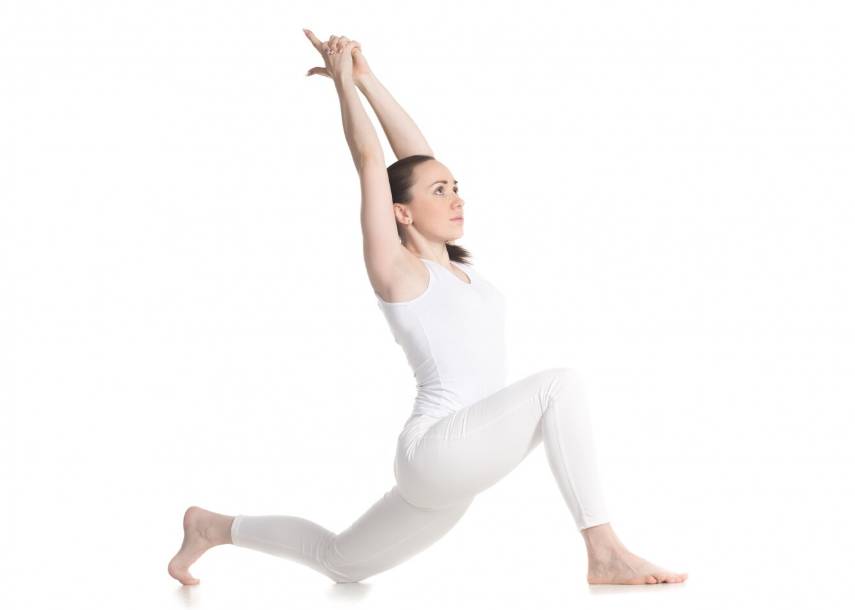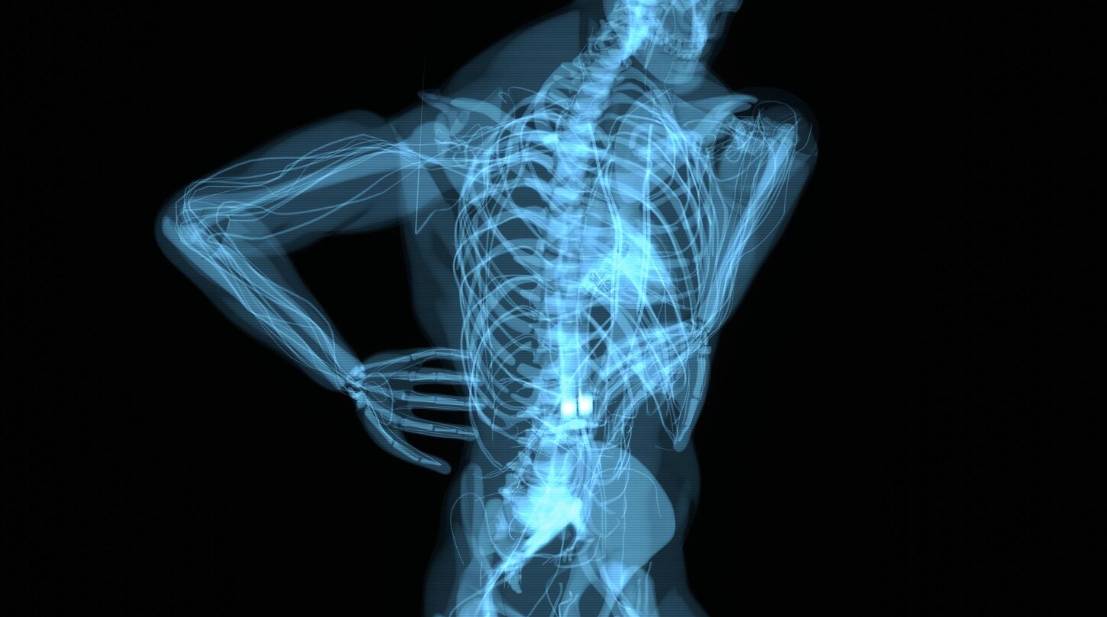Best Stretches for Herniated Disc Recovery: Gentle Exercises for Pain Relief
Living with a herniated disc can feel overwhelming. The sharp lower back pain, stiffness, and limited mobility often make daily activities difficult. While medical treatment and proper rest are essential, incorporating gentle stretches into your routine can support recovery, reduce discomfort, and strengthen your spine over time.
This guide explores the best stretches for herniated disc recovery, explains how they help, and offers tips for practicing them safely at home.
What Is a Herniated Disc?
A herniated disc, sometimes called a slipped or ruptured disc, occurs when the soft center of a spinal disc pushes through its outer layer. This can irritate nearby nerves and lead to symptoms such as:
- Lower back pain
- Pain radiating down the legs (sciatica)
- Tingling or numbness
- Muscle weakness
Although severe cases may require medical intervention, many people find relief through a combination of physical therapy and gentle stretching.
Benefits of Stretching for Herniated Disc Recovery
Stretching provides several key benefits for those managing a herniated disc:
- Relieves Pressure: Stretches help reduce compression on the spinal discs and nerves.
- Improves Flexibility: Regular movement prevents stiffness and restores mobility.
- Supports Healing: Gentle motion encourages blood flow and nutrient delivery to affected areas.
- Strengthens Core Muscles: Some stretches engage stabilizing muscles that protect the spine.
⚠️ Important: Always consult with a healthcare professional before starting new exercises, especially if your pain is severe.
Best Stretches for Herniated Disc Recovery

1. Child’s Pose (Restorative Stretch)
This yoga-inspired stretch lengthens the spine and reduces tension in the lower back.
How to do it:
- Kneel on the floor with your knees apart.
- Sit back on your heels and extend your arms forward.
- Lower your chest toward the ground.
- Hold for 30–60 seconds, breathing deeply.
Benefits: Decompresses the spine, relieves tension, and calms the nervous system.
2. Cat-Cow Stretch
This dynamic stretch improves spinal flexibility and promotes gentle motion in the discs.
How to do it:
- Start on all fours with hands under shoulders and knees under hips.
- Inhale, arch your back, and lift your head (Cow pose).
- Exhale, round your back, and tuck your chin (Cat pose).
- Repeat for 8–10 cycles.
Benefits: Enhances mobility, improves circulation, and gently activates back muscles.
3. Pelvic Tilt
A simple but effective exercise for engaging core muscles and stabilizing the spine.
How to do it:
- Lie on your back with knees bent and feet flat on the floor.
- Flatten your lower back against the floor by tightening your abdominal muscles.
- Hold for 5 seconds, then relax.
- Repeat 10–12 times.
Benefits: Strengthens core, reduces strain on the lower back.

4. Piriformis Stretch
Targets the piriformis muscle, which can compress the sciatic nerve when tight.
How to do it:
- Lie on your back with knees bent.
- Cross your right ankle over your left knee.
- Gently pull the left thigh toward your chest.
- Hold for 20–30 seconds, then switch sides.
Benefits: Relieves sciatica symptoms and hip tightness.
5. Cobra Stretch (Prone Press-Up)
Encourages disc re-centralization and extension of the lower spine.
How to do it:
- Lie face down with hands under shoulders.
- Gently press your upper body upward, keeping hips on the floor.
- Hold for 10–15 seconds, then release.
- Repeat 5–8 times.
Benefits: Reduces disc pressure, improves posture, and promotes spinal alignment.
6. Hamstring Stretch
Tight hamstrings can worsen back pain; stretching them helps relieve tension.
How to do it:
- Sit on the edge of a chair.
- Extend one leg straight with heel on the floor.
- Lean forward slightly until you feel a gentle stretch.
- Hold for 20–30 seconds per side.
Benefits: Reduces lower back stress and supports mobility.
Tips for Safe Stretching

- Warm up with light movement before stretching.
- Move slowly; avoid jerky or sudden motions.
- Never push into sharp pain—gentle discomfort is okay, but pain is a warning.
- Practice consistently, 10–15 minutes daily.
- Combine stretches with proper hydration, posture awareness, and regular walking.
When to Seek Medical Attention
While stretching helps many people, it’s important to recognize warning signs:
- Severe or worsening pain
- Loss of bladder or bowel control
- Numbness spreading in the legs
If these occur, seek immediate medical care.
Final Thoughts
Recovering from a herniated disc takes time, patience, and consistency. Incorporating stretches like Child’s Pose, Cat-Cow, and Cobra into your daily routine can make a big difference in pain relief and long-term spinal health.
Remember: always listen to your body, stay consistent, and seek professional guidance when needed. With the right approach, you can regain mobility, reduce pain, and live a more active life.
